MIM technology
METAL INJECTION MOLDING
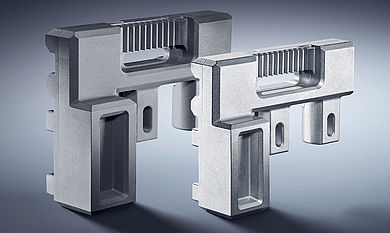
The benefits of two worlds
Series components made of metal with complex shapes are usually very time-consuming and expensive to put into production -- but luckily there is now a superior alternative for these kinds of demanding workpieces in the form of MIM technology from Zimmer Group!
The MIM process allows us to manufacture metal parts of almost any shape using an injection molding process, as easily as though it were plastic! This process lets us elegantly combine the geometrical freedom of plastic injection molding with the outstanding rigidity and wear characteristics of metals.
The result is a thoroughly impressive technology for manufacturing metallic series production components with complex shapes -- and at very attractive prices, too!
MIM The process
Feedstock
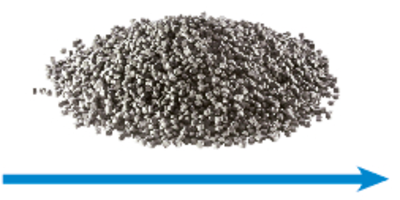
The starting material for metal injection molding is formed from what is known as the feedstock. This consists of about 60% of the respective metal powder by volume and 40% of a binder by volume, i.e. a blend of polymers and waxes. The homogeneous mixture of all of the components is of critical importance, since that is the only way to ensure optimal processing and uniform product quality in later processes.
Injection molding
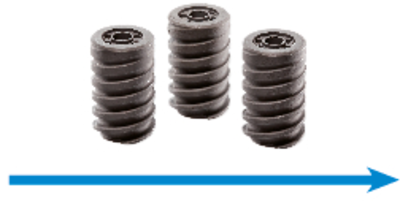
The feedstock is processed using conventional injection molding machines the same way as plastic pellets. The binder portion is melted at a high temperature and the highly viscous mass of metal powder and binder is then pressed into the shape of the respective component. The resulting workpieces made of metal powder and binder are called "green parts" and have to be converted into purely metallic components in the subsequent processes.
Debinding
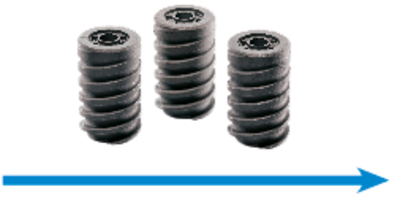
In the debinding step, the majority of the binder is removed from the green parts. This normally happens by dissolving the binder components using a solvent or a catalytic reaction. What remains is a porous component held together by the remaining binder. These are then called "brown parts". The remaining binder is then removed in a furnace. This means that the remaining binder is vaporized out of the component at a high temperature between 400 °C and 900 °C. At the same time, the metal particles start to bind together by forming what are known as sinter necks. They give the component sufficient stability for the subsequent sintering step.
Sintering
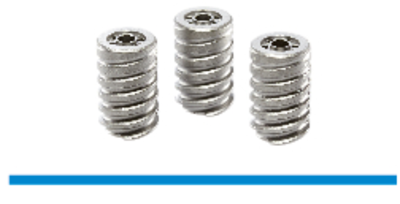
The last process step, sintering, closes the pores left over by the binder. The components are compressed at high temperatures, usually over 1,000 °C. The respective temperature profile in the sinter furnace heavily depends on the material and the component geometry. As a result, this process step has to be carefully adapted and developed for each component geometry and each material. It is this care that ensures your components have optimal quality throughout their life cycle.
Request form
Metal injection molding - MIM
Times for offer - market requirements
- Plastic parts - within 3 working days*
- MIM parts - within 3 working days*
- Injection moulding tools (plastic/MIM) - within 3 working days*
- Tool changes - within 3 working days*
- Services (milling, turning, eroding) - within 3 working days*
*Prerequisite: Component design is completed or released.

